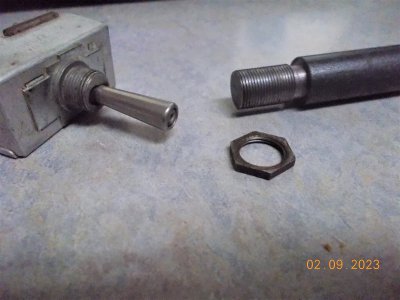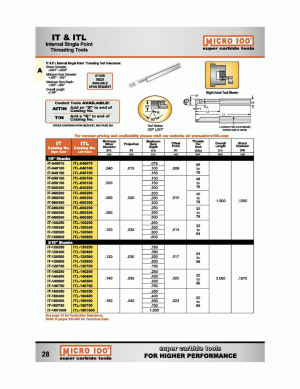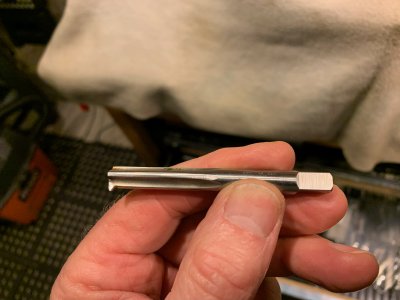What kind of tooling do I need to cut 28 TPI internal threads?
I have a switch I need to mount in a dash panel however the panel is too thick for the threaded stem to protrude enough to thread the nut onto.
was thinking making a nut that was long enough to catch enough of the threads to secure the switch in the panel, but I lack the tooling to do so.
I have never cut female threads before, but I did manage to cut 28 tpi on a test bar (see pic) and the nut screwed on just fine so I am fairly confident I can do this providing I have the right tooling.
The stem is .4950" x .3035" long.
I estimate I will need the nut to be about the same internal threaded length with one end a larger OD than the barrel. which I can turn to .625 once threaded.
Can someone steer me in the right direction for the tooling I need to do this task correctly as it probably won't be the last time I need to do so.
Thanks !
I have a switch I need to mount in a dash panel however the panel is too thick for the threaded stem to protrude enough to thread the nut onto.
was thinking making a nut that was long enough to catch enough of the threads to secure the switch in the panel, but I lack the tooling to do so.
I have never cut female threads before, but I did manage to cut 28 tpi on a test bar (see pic) and the nut screwed on just fine so I am fairly confident I can do this providing I have the right tooling.
The stem is .4950" x .3035" long.
I estimate I will need the nut to be about the same internal threaded length with one end a larger OD than the barrel. which I can turn to .625 once threaded.
Can someone steer me in the right direction for the tooling I need to do this task correctly as it probably won't be the last time I need to do so.
Thanks !







